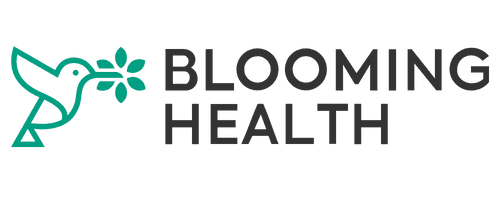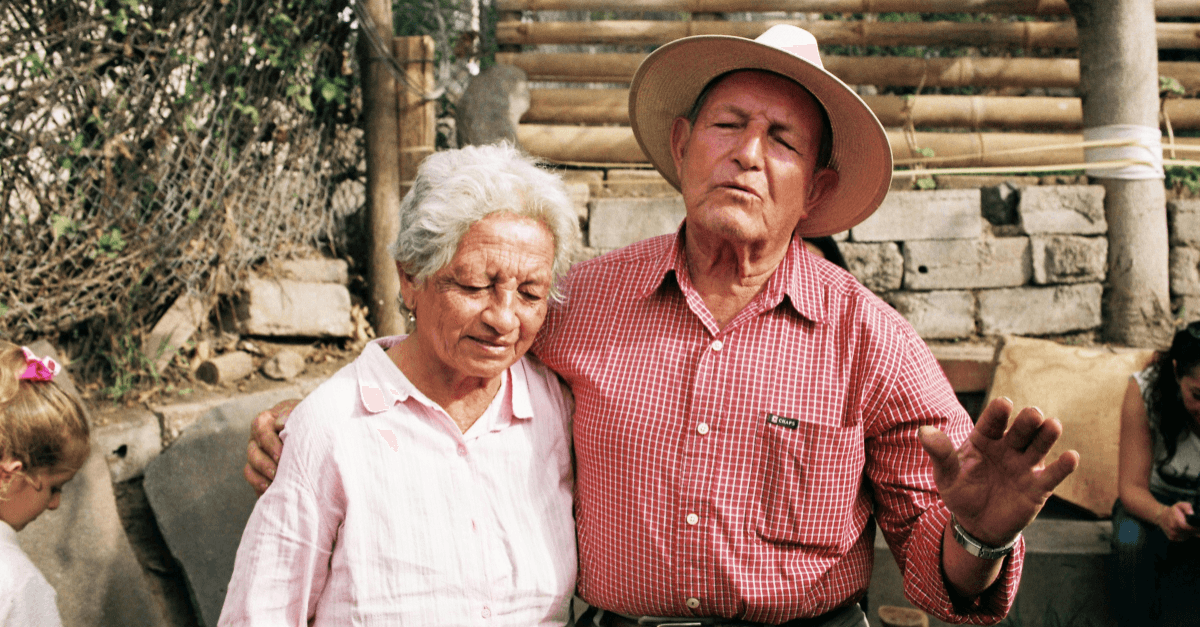May 13, 2025
At Blooming Day 2025, leaders in aging policy and social care came together to discuss the future of aging—and the role of technology in building that future.
The demographics don’t lie—America is aging fast. Between 2022 and 2050, the number of older adults will increase by nearly 47%, reshaping every system we depend on: housing, healthcare, caregiving, and workforce. At Blooming Day 2025, one panel asked the critical question: How can we keep up?
Moderated by Beth Finkel, State Director of AARP New York, the session brought together three powerful voices:
Dr. Sarita Mohanty, President & CEO of The SCAN Foundation
Greg Olsen, Acting Director of the New York State Office for the Aging
David Burkley, Associate Director of Rainbow Housing
Together, they unpacked the implications of aging in place, the housing crisis, and proposed federal budget cuts—while sharing hopeful, actionable ideas for a path forward.
A Future at Risk—and Within Reach
Greg Olsen laid out the stakes clearly. The proposed federal budget threatens to eliminate or drastically reduce programs that older adults rely on:
Long-term care ombudsman service
Medicare counseling
Elder abuse prevention
Falls prevention
Alzheimer’s research
Adult protective service
And more
“These are proposals,” he reminded the audience, “but come October 1st, if we haven’t raised our voices, these risks become realities.” His call to action was echoed by all panelists: public pressure works—just as it did when 2.5 million people pushed back on proposed changes to Social Security.
Master Plans and Local Solutions
Dr. Sarita Mohanty highlighted a strategic counterweight to these national challenges: State Master Plans for Aging (MPAs). In states like California and New York, MPAs offer a 10-year blueprint across housing, equity, caregiving, and health. But looming cuts threaten even the best-laid plans. “We have to demonstrate the real-life impact these changes will have,” she said. “And that means uplifting community voices—with them, not at them.”
Her organization, The SCAN Foundation, is leaning on data and storytelling to make the case to lawmakers. One initiative, The People Say platform, pairs policy data with lived experience, highlighting healthcare struggles from Americans in every region and political background.
Housing Is Health
For David Burkley, the conversation starts with housing—and always comes back to it. “Stable housing is the foundation of health and well-being,” he said. “But only 25% of Americans who qualify for affordable housing actually get it.” Through Rainbow Housing, Burkley is working to bring predictive analytics and AI into affordable housing development:
Identifying where housing is most urgently needed
Anticipating when individuals will face rent insecurity
Guiding policy with real-time demographic data
Yet data only goes so far without public buy-in. Zoning restrictions, NIMBYism, and outdated local regulations remain persistent barriers. “You can have $25 billion in state funding,” he warned, “but if municipalities block the zoning, the homes never get built.”
The Role of Technology
Technology, particularly AI and automation, emerged as a key solution throughout the discussion. From reducing workforce burden to improving access for underserved populations, it’s already proving transformative.
Greg Olsen and the New York Office for the Aging’s partnership with Blooming Health resulted in:
38% average survey response rate
300% increase in social engagement
10% reduction in loneliness
7% increase in self-rated health
10 hours per week saved for operational staff
Meanwhile, Dr. Mohanty—also a practicing physician—spoke to the clinician’s perspective. She praised AI tools that reduce administrative burnout and improve patient interaction, while urging caution around algorithmic bias and data equity. “We need to ensure that the data going into AI reflects the communities we’re serving—especially rural and low-income older adults.”
The Bottom Line
The aging of America isn’t a crisis—it’s a challenge. And like every great challenge, it’s an opportunity. The tools, the data, the community models, and the policy blueprints already exist. Now, it’s a matter of sustaining them—and amplifying the voices of those most affected.
As Greg Olsen said, “If you think they’re not listening—you’re wrong.”
Let’s make sure they hear us.
Learn how Blooming Health supports aging in place and improves outcomes through multilingual communication, automation, and real-time insights. Contact us or explore our impact stories to get involved.








